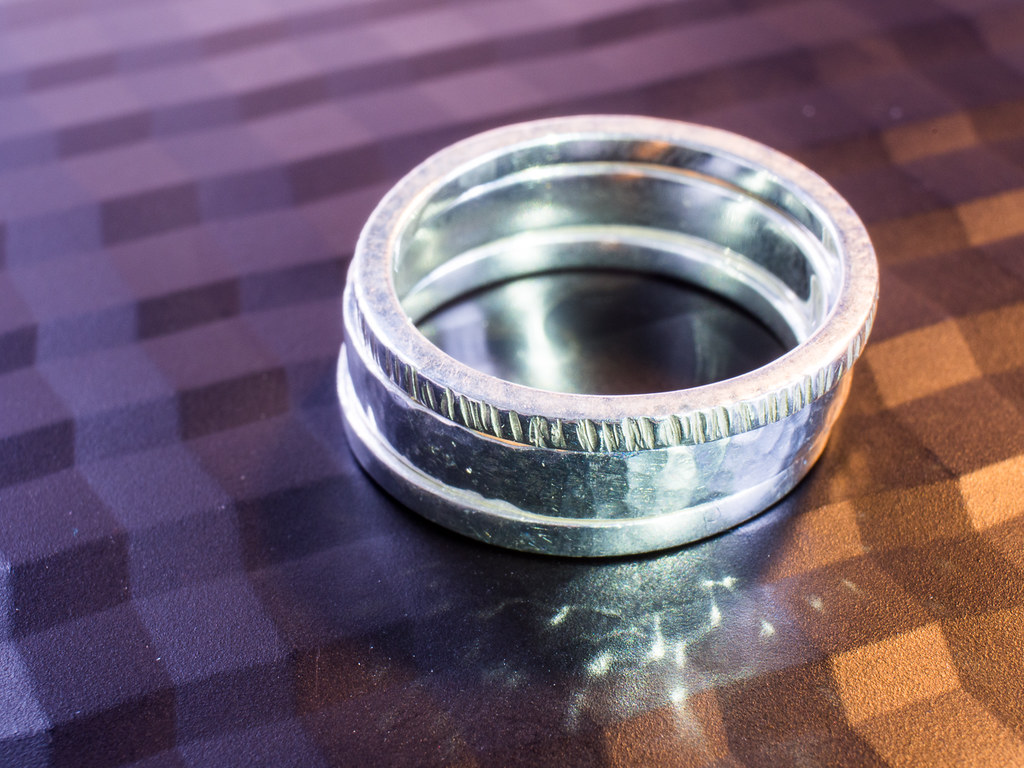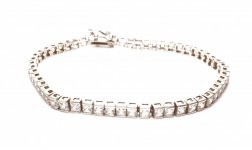There's a great deal to think about here . . .
1. True professional photography is well worth the expense, simply because it makes a massive difference to sales - but although £25 per shot is on the low side for a real professional, your example "professional" shot seems to me to be overpriced for what it is. There's an exception though, if you're selling on Amazon, because under their current T&C's, everything uploaded to them becomes their property and they'll use your shots for your competitors' photos as well as for yours . . ..
2. You CAN learn to do it yourself, and I have a book
Product Photography Magic that covers this, available from the evil Amazon. It takes many years of experience and a lot of equipment to become a "real" product photographer but if you only need to learn how to photograph a single subject type, as in your case, it isn't nearly as difficult and you can easily become better than most of the affordable pro photographers.
3. It's almost all about the lighting - forget about pop up studios, light boxes, light tents, light cubes or any of the other junk that makes wild promises - all that these gimmicks actually do is to produce bland lighting that won't sell your products. There are some lighting tutorials in the "Tutorials" section on here. One simple tip to get you thinking along the right lines though . . . small items such as these need to really pop, which can be difficult to achieve with small items, so raid your kitchen drawer and make some tiny reflective balls from rolled-up kitchen foil (shiny side up) that will create bright reflections in your subject when lit well and placed with care.
4. Your macro lens should give much better results than our kit lens.
5. Depth of field is always a challenge with tiny subjects, set a small aperture to maximise this, but with
your camera don't go smaller than f/11, because f/16 or smaller will create a different problem caused diffraction limitation, which creates an overall lack of sharpness.
6. Focus stacking is probably the best solution, and if you have specialist software (or if you subscribe to the full version of Photoshop) it's easy and becomes a quick process. See
https://www.talkphotography.co.uk/tutorials/focus-stacking-–-getting-everything-in-focus.150/
7. The camera must always be on a good, solid tripod for any type of product photography, it needs to be solid to prevent camera shake (which becomes magnified with tiny subjects) and as the first step is always to get the camera position right, you'll never get consistently good results hand-held.
8. Never use a textured background for this type of shot, it always looks horrible. Use smoked glass if you want to create semi-reflections, use something matt but very smooth if you don't. The background (as well as the product) will need to be scrupulously clean. There are still some people out there who seem to think that panel wipe is for cleaning paintwork before re-painting it and it does work for that too, but I've always used it for cleaning products and their backgrounds

9. Black is nearly always the best background for this type of product. One of the problems with your "professional" example is that a weird colour ( b a s t a r d amber) was used, and this always results in colour pollution reflected on to the product.
10. Another way of dealing with the background is to photograph on black (to prevent uncontrolled and unwanted light reflected on to the product) and then to cut the subject out in Photoshop. This may seem to be a complicated way of doing things but the results are excellent and of course you can also add a shadow and / or a reflection if required. It takes very little time with practice and is the standard professional way of doing it.
That should get you started, if you have any questions please ask.









